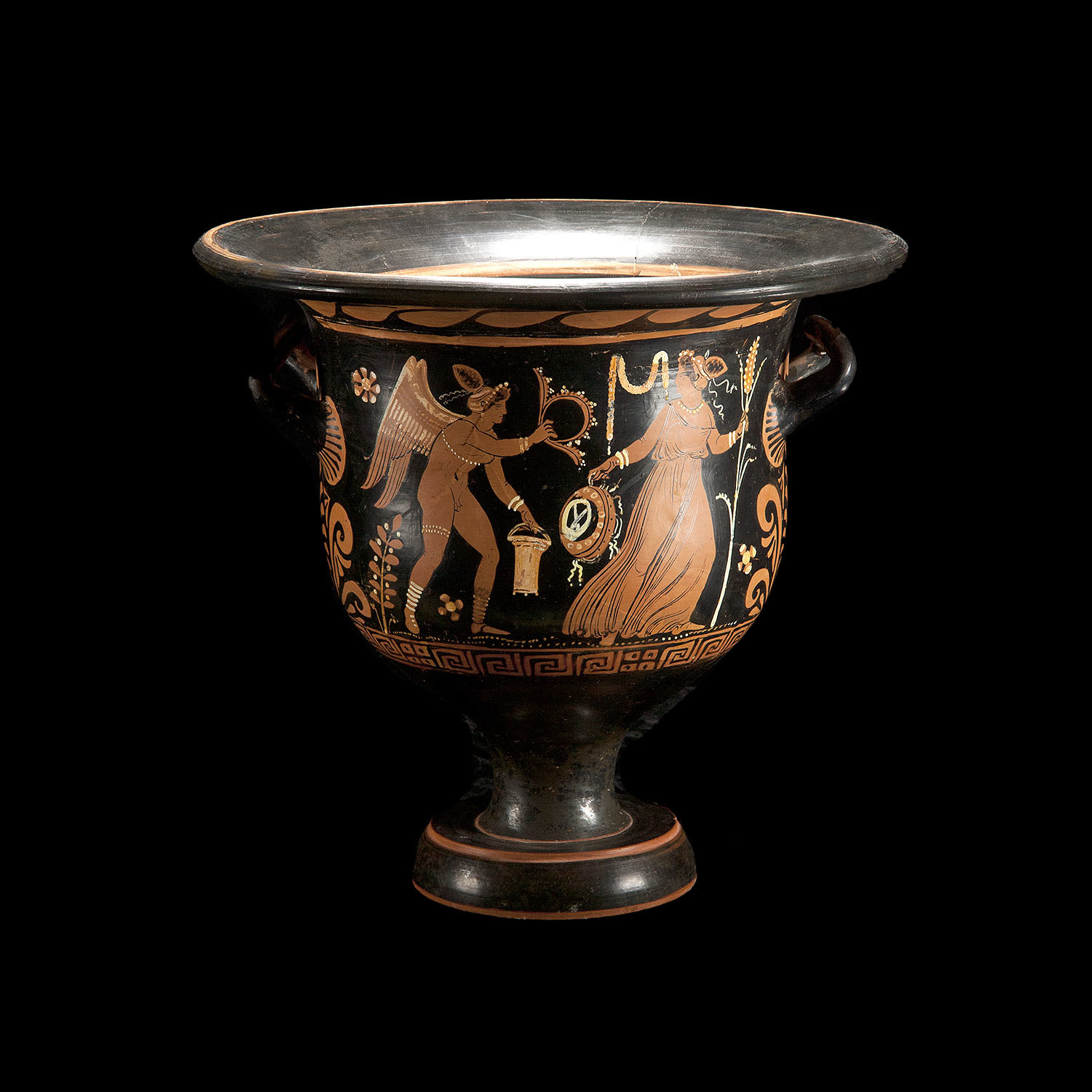This is a popular doctrine taught by William Branham, that Jesus's letters to the seven churches in ancient Asia Minor and modern day Turkey are a timeline of the entire church age from His ascension to his return, the seven churches in Rev. 2-3 symbolize seven "church eras" in church history; specifically, these seven churches are characterized as the loveless (also legalistic) church; persecuted church; compromised church; corrupt church; dead church; faithful church; lukewarm church. William Branham matches them to the apostalic early church; persecuted Roman church; Roman state church; the
Catholic church; the protestant church; the missionary church; the modern day rich apostate church, respectively.
I think there're some truth in that, first of all there's most definitely a church age, known as the "times of the Gentiles", in which Jews are dominated by the Gentiles, the
gospel is also preached by the Gentiles and to the Gentiles. Both
Jesus and Paul and perhaps some other prophets talked about it, so "church age" is legit, and we're near the end of it.
Anyone who speaks a word against the Son of Man, it will be forgiven him; but whoever speaks against the
Holy Spirit, it will not be forgiven him, either in this age or
in the age to come. (Matt. 12:32)
See! Your house is left to you desolate; for I say to you,
you shall see Me no more till you say, ‘Blessed
is He who comes in the name of the
Lord!’ ” (Matt. 23:38-39)
And they will fall by the edge of the sword, and be led away captive into all nations. And Jerusalem will be trampled by Gentiles
until the times of the Gentiles are fulfilled. (Lk. 21:24)
For I do not desire, brethren, that you should be ignorant of this mystery, lest you should be wise in your own opinion, that blindness in part has happened to Israel
until the fullness of the Gentiles has come in. (Rom. 11:25)
This is also hinted in the context of the seven letters - "Write the things which you have seen, and
the things which are, and the things which will take place after this." (Rev. 1:19) In the context of the book of Revelation, "the things which are", also "what you see" (Rev. 1:11) is the times of the gentiles and the end of it, "the things which will take place after this" is the millennial kingdom and the
New Jerusalem.
But is the church age divided into seven eras symbolized by the seven churches, and there's one overarching, dominant zeitgeist for each era? Not really. These seven churches are seven types of churches, and they co-exist all the time, throughout the entire church age. The lukewarm church might be the dominant kind of church in America, but not all over the world, you've got other kinds of churches in other countries. It might be a helpful teaching tool to divide the church age into these seven eras for the purpose of learning
church history, just like using the doctrine of "
seven deadly sins" as a teaching tool to understand what
sin is, but that doesn't mean there's different biblical message applicable for different eras, and the
Holy Spirit changes over time.




